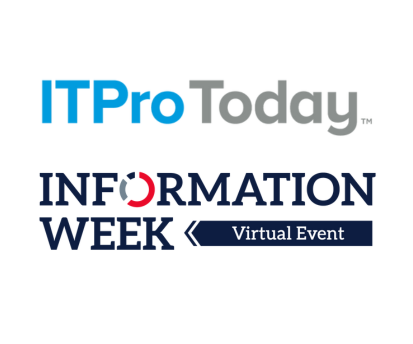Leap Motion: Control PC With Hand Gestures
Gesture-based computer interaction, as depicted in "Minority Report," looks like it will soon become commonplace. "The Leap" peripheral lets you control UI elements using gestures made in the air.


10 Things Tablets Still Can't Do
10 Things Tablets Still Can't Do (click image for larger view and for slideshow)
The mobile revolution has prompted not only new forms of computers but also new ways to interact with them.
Apple brought touchscreens to the masses. Google introduced voice-based and image-based search in Android and iOS, and is presently working on augmented reality glasses. Nintendo reinvented video game interaction with its Wii controller and then Microsoft upped the ante with its Kinect gesture tracking system, first for Xbox and more recently for PCs.
On Monday, Leap Motion made its bid to change the way people interact with traditional desktop devices. The company announced what it calls "The Leap," a motion control peripheral that will allow computer users to manipulate traditional desktop computer UI elements--windows, folders, and icons--and interact with applications, using gestures made in the air.
The $70 device, slated to ship "this winter," looks like a candy bar with white edges, topped by black glass screen, as least as the prototype is depicted. Leap Motion says it is now accepting a limited number of pre-orders for its device.
Like Microsoft's Kinect, the Leap device emits infrared light that reflects off objects in the four-cubic foot visible to its sensors. The Leap device then interprets that data to direct the movement of objects on the screen of the connected computer. Where Kinect has been designed to capture large movements to facilitate the playing of Xbox games, the Leap excels at reading minute movements. It was designed to be accurate to within 1/100 of a millimeter in order to be useful for applications that require precision, such as 3D-modeling.
[ Read Google Apps: Has Adoption Slowed?. ]
Michael Buckwald and David Holz founded Leap Motion to make it easier to create 3D models. "It was this gap between what's easy in the real world but very complicated to do digitally, like molding a piece of clay or creating a 3-D model, that inspired us to create the Leap and fundamentally change how people work with their computers," said Buckwald, CEO of Leap Motion, in a statement.
However, the technology has wider applications. The company expects its Leap device will be useful for traversing file directories and websites, 2D or 3D drawing, manipulating 3D data visualization systems, and playing computer games, including first-person shooters like Rage and Call of Duty.
Microsoft made its Kinect system accessible to Windows developers last year and, coincidentally, updated Kinect for Windows on Monday.
Leap Motion is also hoping developers will create or modify apps to take advantage of its Leap device. The company is asking developers to register at its website and says it expects to ship a software development kit (SDK) in one to three months.
![]()
About the Author(s)
You May Also Like







